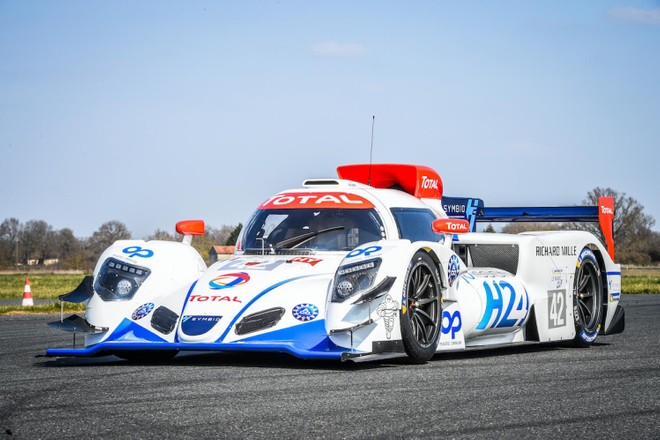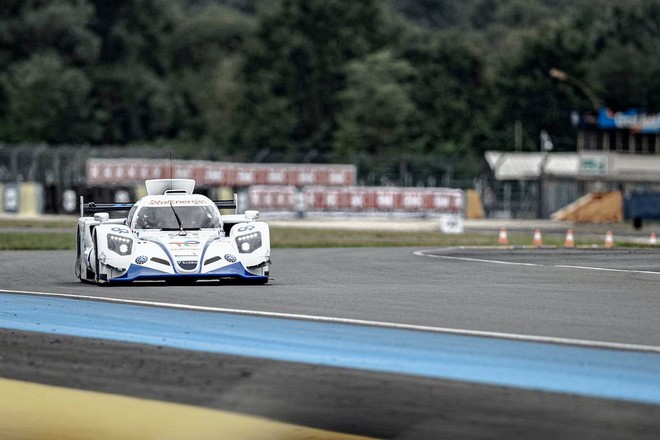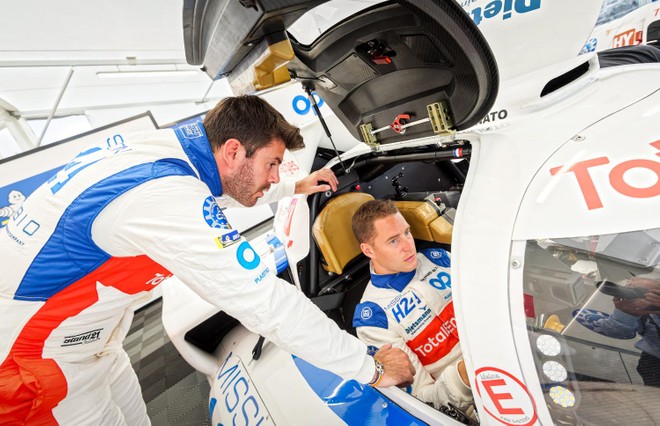
From 2025 to the 24 Hours of Le Mans debutter & agrave; a new category of hydrogen cars . This was announced last weekend by ACO, which organizes the great Sarthe marathon. The cars will have a common engine and chassis but the manufacturers will be able to work on fuel cells. At the moment there are 8 houses involved and three will already be; at the start in the first year. Meanwhile, the MissionH24 program has brought the new H24 prototype to the track.
Motorsport is changing and becoming more and more; green: just inaugurated the new era of Hypercars this year, the WEC looks ahead and thinks about the future. Racing, and endurance races in particular, have always been an extraordinary test bed for new technologies, an excellent platform for research and development, and so on; will be certainly also for hydrogen.
Everything should have started already; in 2024, but it & egrave; lost a year of project development due to the COVID pandemic and it & egrave; therefore & ograve; decided to postpone the introduction of the hydrogen class by one year. The new category will be & agrave; based on a single-brand chassis, jointly developed by Red Bull Advanced Technologies and Oreca and designed for hydrogen propulsion; the manufacturers that will face this new challenge will have to use an electric engine developed by the French-Swiss group GreenGT , but they will have the freedom; to develop fuel cell technology. Performance will be on a par with the Hypercar class. For now, eight manufacturers have shown interest in this new class and already have; discussed the regulation with the organizers. At least three brands are expected to launch in season one.

Despite the inevitable delays, the technology development program by the joint-venture between ACO and GreenGT continues under the name of Mission H24 . Last week, between the various test and qualifying sessions of the 24 Hours, MissionH24 took its hydrogen prototypes to the track for demonstration laps.
Less than three years after launch in Spa-Francorchamps, the program now boasts two electric hydrogen prototypes: the LMPH2G and the new H24 . The first was the protagonist of a few laps along the 13.6 kilometers of the 24 Hours circuit in 2019 and 2020, while the second was in its first public outing, after development tests started in March.
This new prototype takes MissionH24 to a higher level; high level: while the LMPH2G & egrave; a laboratory car, to test technology, parts and systems, the H24 & egrave; a true prototype, with new aerodynamics, new mechanical parts and an improved powertrain. This prototype best expresses the progress made towards introducing a hydrogen-electric racing car category at the 24 Hours of Le Mans: & egrave; more lighter, more faster and more powerful, already has; exceeded expectations and & egrave; destined to reach new important goals.
Driving the two cars alternated St & eacute; phane Richelmi , Norman Nato (recent winner of the last round of Formula E in Berlin) and Stoffel Vandoorne , all enrolled in the 24 Hours in the LMP2 class.

The most known & egrave; certainly the Belgian driver, who boasts all the qualities & agrave; that serve to make the project grow: Vandoorne already has; gained experience with the hybrid in Formula 1 when he was racing with McLaren and today as a development driver for Mercedes, driving fully electric cars in Formula E with the German manufacturer and then racing in endurance in the LMP2 class with the Jota Sport team (for the record, second class in this 24 Hours) with traditional petrol engines.
Compared to the LMPH2G, the H24 it has a new powertrain, powered by a hydrogen fuel cell created by Symbio, which offers better performance; the new battery, with Saft cells also used in Formula 1, is & egrave; already revealed more performing. The number of electric motors is & egrave; reduced from four to two, with a noticeable increase in power and a substantial reduction in weight. Now it has a new gearbox, or rather a new reducer pi & ugrave; compact and lightweight than the previous one, and an unprecedented electronic braking system. The weight is & egrave; reduced overall by 150 kg and now approaches that of a GT3.
Waiting for official data, consider that the previous LMPH2G boasted a combined power of 653 hp, which allowed it to reach 100 all & rsquo; now in 3.4 seconds and a speed; maximum exceeding 300 km/h.
Sar & agrave; Is this the future of racing?
The best of OnePlus? OnePlus 9 Pro, buy it at the best price from ePrice at 780 euros .